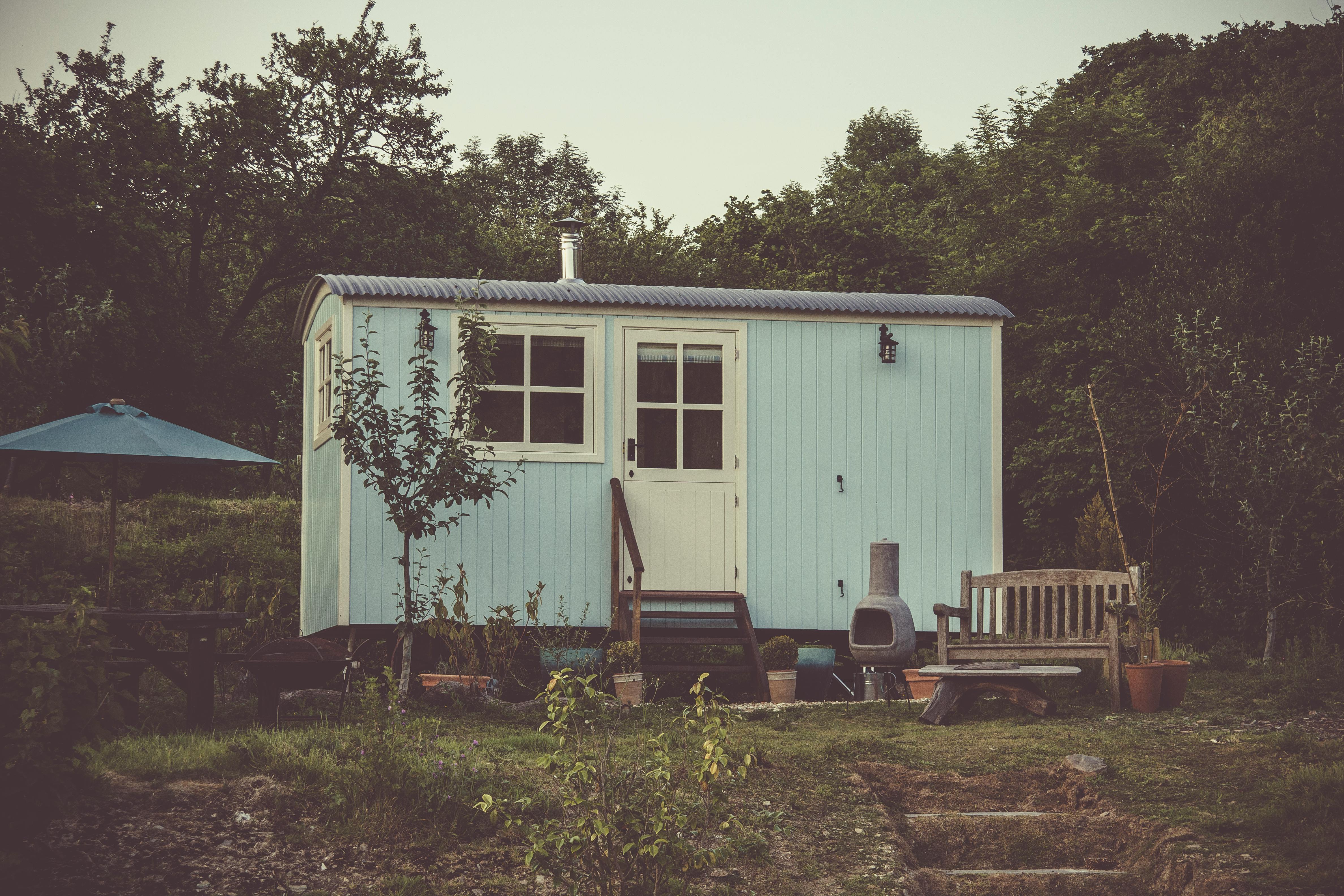Transforming Real Estate Landscape with Tiny Homes
In the real estate industry, evolution is the norm, and the current buzzword is 'tiny homes'. Tiny homes, often measuring under 500 square feet, are a significant departure from the typical 2,500 square foot American home, marking a distinctive shift in the housing market.

Tiny homes have turned traditional real estate conventions on their head, offering a compact, efficient, and affordable alternative to conventional living spaces. This trend has emerged in response to economic pressures, changing lifestyles, and an increased focus on sustainable living.
The Emergence of Tiny Homes
The concept of tiny homes isn’t new. Historically, people have lived in compact spaces due to scarcity of land or financial constraints. However, the modern tiny home movement emerged in the late 1990s, gaining momentum after the 2008 financial crisis when people sought more affordable housing options. Today, it is heralded as a creative solution to high housing costs, increasing urban density, and environmental concerns.
The Market Shift to Smaller Living Spaces
The shift towards smaller living spaces is increasingly visible, particularly in urban areas where land is at a premium. The tiny home market is projected to grow at a CAGR of 4% from 2020 to 2025. This trend is fueled by various factors, including rising real estate prices, shifting consumer preferences towards minimalistic living, and the need for mobility.
The Appeal of Tiny Homes
Tiny homes offer several advantages. They are affordable, requiring less material to build and less energy to heat and cool, thereby reducing living costs. Additionally, they promote a minimalist lifestyle which aligns with the growing trend towards sustainable living. However, they also present challenges, such as restrictive zoning laws and financing difficulties due to their unconventional nature.
Impact on the Real Estate Industry
The rise of tiny homes is reshaping the real estate sector. Developers are exploring innovative ways to incorporate tiny homes into urban and rural landscapes, while realtors are adapting their sales strategies to cater to a demographic seeking smaller, more affordable living spaces. As the tiny home movement gains traction, it is likely to influence housing policies, construction practices, and financing mechanisms.
The Future of Tiny Homes
The tiny home movement is more than a passing fad. As societal attitudes towards housing continue to evolve, it represents a long-term shift in the real estate market. While challenges exist, the potential benefits of tiny homes—affordability, sustainability, and efficiency—suggest they are here to stay.
In conclusion, tiny homes are revolutionizing the real estate landscape, offering a unique solution to modern housing challenges. As this trend continues to grow, it promises to reshape the industry in ways we are only beginning to understand. Understanding the implications of this shift is crucial for real estate professionals and investors looking to stay ahead of the curve.




